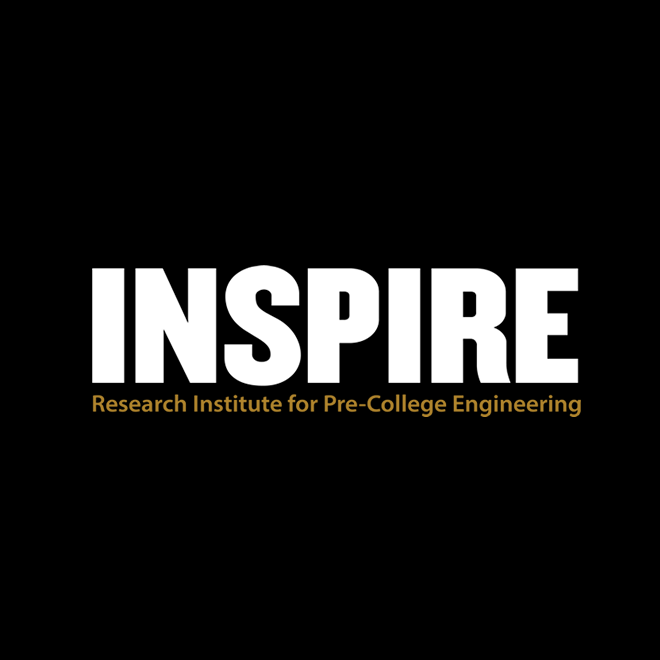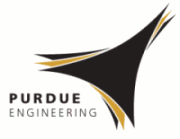Author ORCID Identifier
Abstract
K-12 students need to become familiar with engineering because 21st-century careers integrate engineering practices across all science, technology, engineering, and mathematics (STEM) fields. While the Next Generation Science Standards (NGSS) emphasize learning real science and engineering practices, further work is needed to authenticate engineering for K-12 education. The NGSS are presented in a way that merges a single general practice with a core disciplinary idea and cross-cutting concept. Based on this framing and underlying epistemology, NGSS engineering practices are often implemented as overgeneralized, isolated, and largely context-neutral. Yet, in the STEM workplace, practices are rarely done in isolation from one another. Research is needed to better understand the integrated use of NGSS practices in STEM workplaces in order to make these practices more visible and accessible for use in K-12 classrooms. We conducted semi-structured interviews with 22 entry-level employees and managers in STEM-intensive workplaces. Using emergent and a priori coding, we identified how NGSS practices and contextual features are situated and connected in the STEM workplace. Our findings suggest that by adding rich contextual features, practices become more interconnected and reflective of authentic engineering in the STEM workplace. This process will enable educators to interpret K-12 engineering standards in an authentic way that supports deep engagement in learning engineering.
Recommended Citation
Leak, A. E.,
Owens, L. M.,
Martin, K. N.,
&
Zwickl, B. M.
(2023).
Contextualizing and Integrating Practices: Reclaiming Authenticity Lost from Translating Workplace Engineering Practices into K-12 Standards.
Journal of Pre-College Engineering Education Research (J-PEER), 13(2), Article 2.
https://doi.org/10.7771/2157-9288.1333
Included in
Curriculum and Instruction Commons, Engineering Education Commons, Science and Mathematics Education Commons


